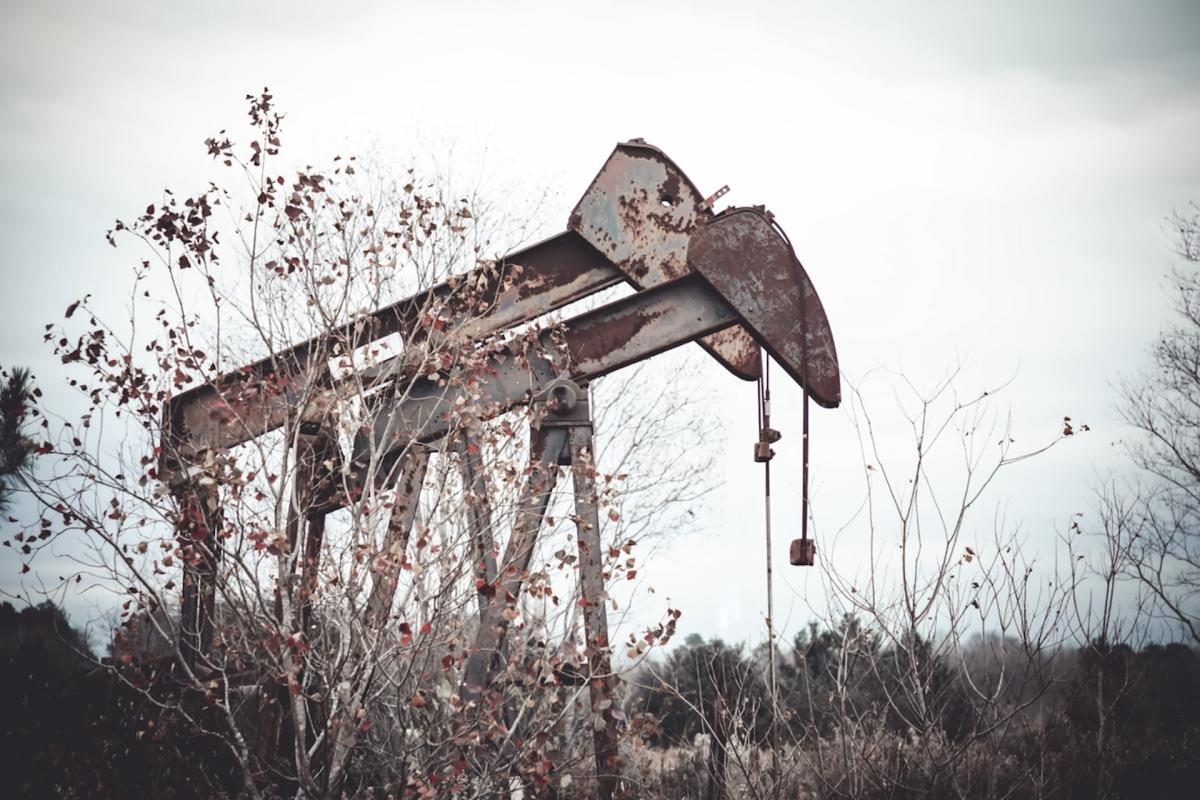Lawmakers rush to stop ‘catastrophic-level event’ at Texas oil fields: ‘We are going to have complete and utter ecological devastation’
There is increasing alarm about West Texas oil fields that continue to produce toxic water leaks.
What’s happening
The latest event was detected in Crane County in early December, when brine water poured out of the earth and over ranchland, Marfa Public Radio reported. The well wasn’t plugged until Jan. 29, and the remediation project cost $2.5 million.
The water contained 154,000 chloride parts per million and at times flowed at 330 barrels, or 13,860 gallons, per hour, “creating a marsh-like scene,” Mitch Borden reported. It was not always clear where it was coming from.
It took nine days to identify two wells and multiple other sources of the water. The Railroad Commission of Texas, which regulates the oil and gas industry in the Lone Star State, dug and lined 20 containment pits and had vacuum trucks remove the water.
“There was a big crack,” said Sarah Stogner, an area attorney, rancher, and critic of the RRC. “You could hear the water flowing underneath your feet, and you could see bubbles. It was like being at the beach.”
Why is this concerning?
The problem — perhaps caused by the injection of oil and gas wastewater underground and resulting increases in subsurface pressure — is so prevalent and productive that one leak has spawned a 60-acre body of water, Lake Boehmer. In addition to water, that abandoned wildcat well emits deadly hydrogen sulfide gas. These “zombie wells” are causing other issues too, including sinkholes.
Watch now: Solar-powered boats from the Honnold Foundation are making a difference in the Amazon
“The worst thing about this one is that it’s toxic [and] radioactive produced water that is going into the groundwater,” said Bill Burch, who was defeated in the Democratic primary for a seat on the RRC on March 5. “That is a horrendous, worst-case scenario, catastrophic-level event to occur in oil and gas in West Texas.”
“This is now definitive unquestionable proof that the future of usable groundwater in Texas is at risk due to the salt water disposal issue,” he added.
The commission said it protected “any threat to freshwater” and that area water remained uncontaminated, noting the brine water stopped flowing Jan. 21 and that the well had been cased and cemented.
“Although there is no evidence to suggest that this is an orphan oil and gas well,” the commission stated in a news release, “the RRC acted quickly to remediate the water flow in Crane County because the RRC will make every effort possible to protect freshwater in Texas.”
What can be done?
In February, Colorado landowners sued an oil company for abandoning wells. In January, Texas received $80 million in federal funding to plug orphan wells.
“[TRC and Bureau of Economic Geology researchers] have what you call a war room to try to figure out what’s going on in this area. It has unusual geology and unusual water flows,” RRC deputy executive director Danny Sorrells said. “We want to get to the bottom of this and stop it.”
Crane County is in the middle of the Permian Basin, which covers 75,000 square miles in Texas, New Mexico, and Mexico. The county is hundreds of miles from El Paso and San Antonio. Fourteen miles to the north in neighboring Ector County is Odessa, of “Friday Night Lights” fame.
“If we don’t stop this now we are going to have complete and utter ecological devastation anywhere we’ve had historic oil and gas wells,” Stogner said.
Join our free newsletter for cool news and cool tips that make it easy to help yourself while helping the planet.












 Bitcoin
Bitcoin  Ethereum
Ethereum  Tether
Tether  XRP
XRP  USDC
USDC  TRON
TRON  Lido Staked Ether
Lido Staked Ether  Dogecoin
Dogecoin  Figure Heloc
Figure Heloc